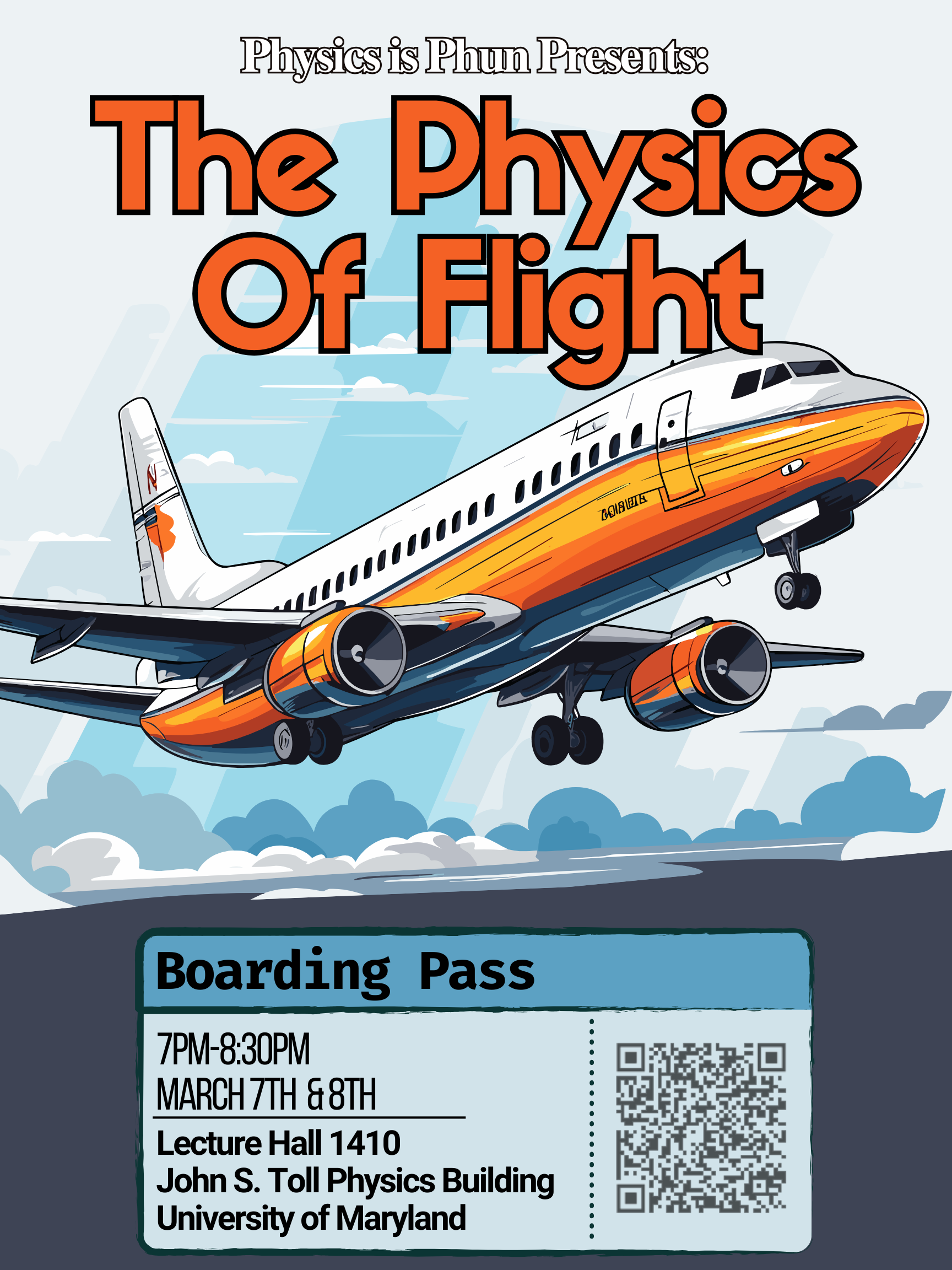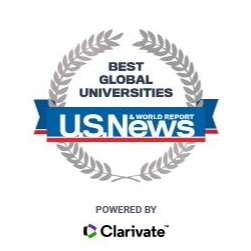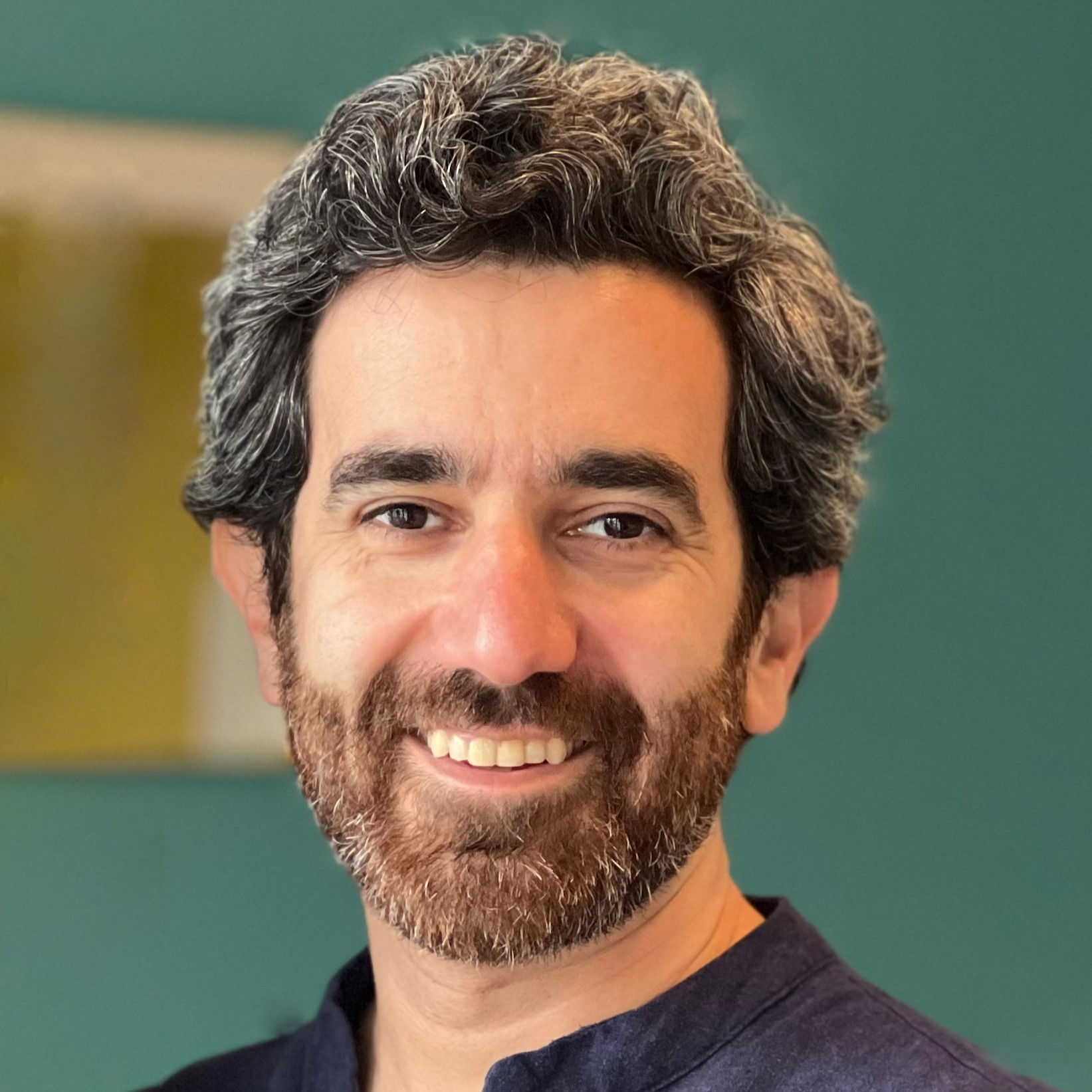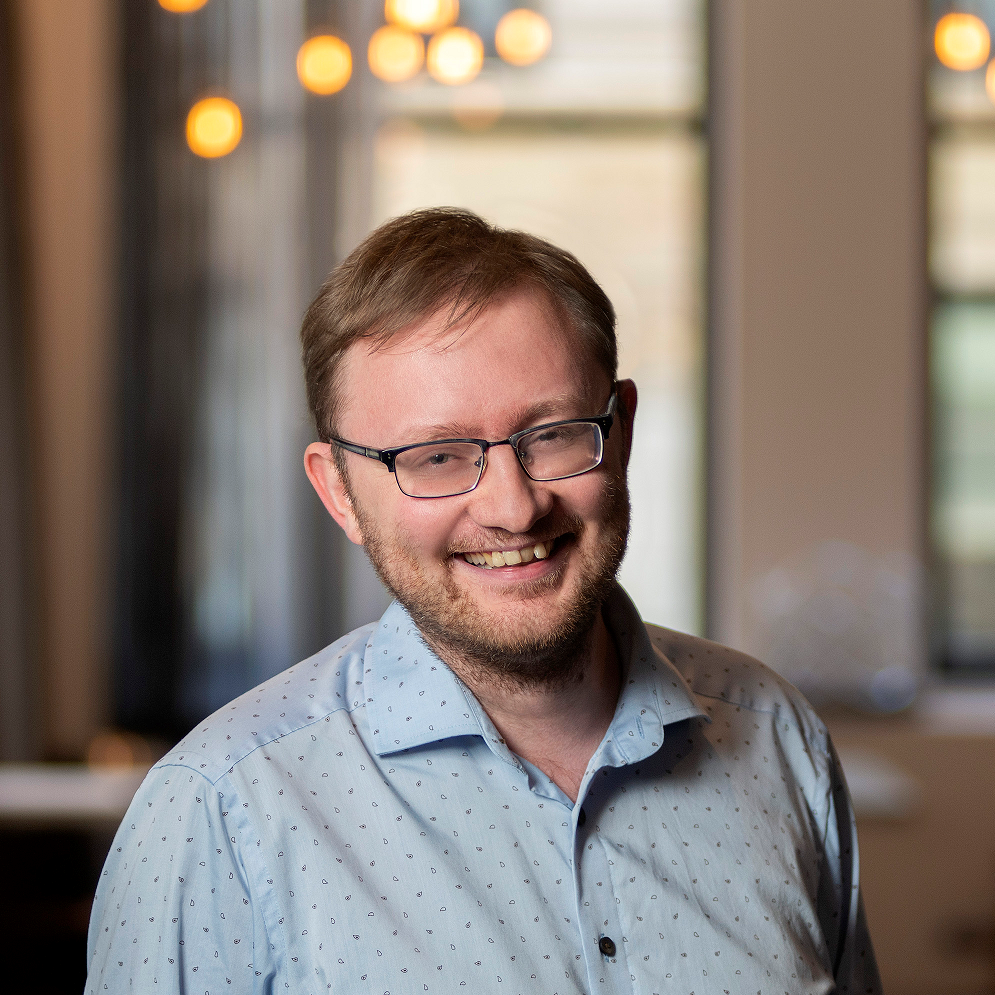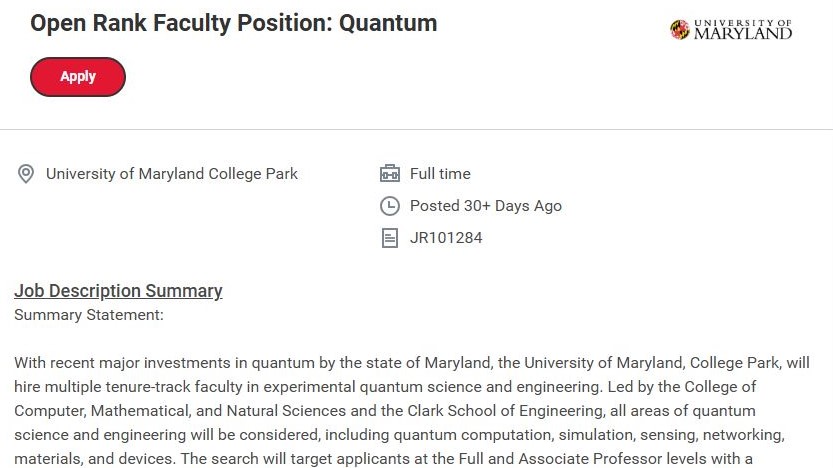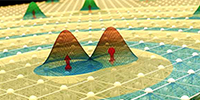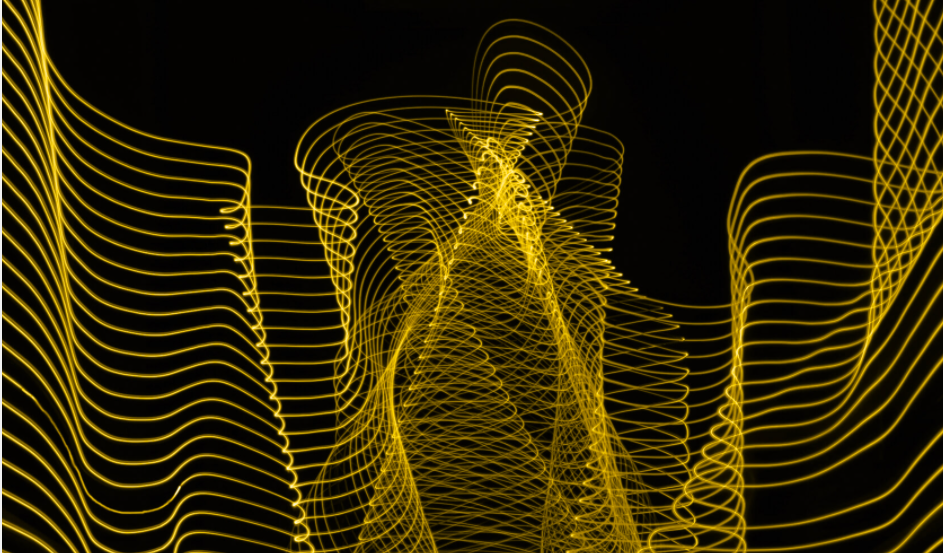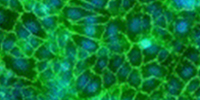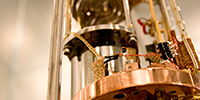New Developments in Statistical Mechanics of Money, Income, and Wealth
- Details
-
Created: Wednesday, December 02 2009 09:06
-
Last Updated: Tuesday, June 15 2010 09:53
-
Written by Carole Kiger
-
Hits: 13214
Victor Yakovenko, University of Maryland
January 26, 2010 This talk will review the progress in applications of statistical physics to probability distributions of money, income, and wealth in a society [1]. Using analogy between the probability distributions of energy in physics and money in economics, I argued that the distribution of money should follow the exponential Boltzmann-Gibbs law for certain classes of models with interacting economic agents [2]. Analysis of the empirical data shows that income distribution in the USA has a well-defined two-class structure. The majority of the population (about 97%) belongs to the lower class characterized by the exponential ("thermal") distribution. The upper class (about 3% of the population) has the Pareto power-law ("superthermal") distribution, whose share of the total income expands and contracts dramatically following the bubbles and busts in financial markets. When debt is included in the statistical models, it destabilizes the Boltzmann-Gibbs distribution in the absence of an intrinsic mechanism for limiting debt. As a result, the nominal wealth growth of the upper class largely comes from the debt growth of the lower class, until the economy collapses under the burden of excessive debt. I will also briefly discuss the distribution of energy consumption per capita around the world and show that it also follows the exponential Boltzmann-Gibbs law [3]. The data show how globalization of the world economy affects the inequality of energy consumption. This talk is a follow-up to the econophysics session "What Went Wrong with the Global Economy?" at the 2010 Meeting of AAAS [4]. More references can be found at the Web site [5].
References
[1] V. M. Yakovenko and J. B. Rosser, Jr., "Colloquium: Statistical Mechanics of Money, Wealth, and Income", Reviews of Modern Physics 81 (2009) 1703.
[2] A. Dragulescu and V. M. Yakovenko, "Statistical mechanics of money", The European Physical Journal B 17 (2000) 723.
[3] A. Banerjee and V. M. Yakovenko, "Universal patterns of inequality", submitted to the New Journal of Physics, arXiv:0912.4898.
[4] 2010 Meeting of AAAS, http://aaas.confex.com/aaas/2010/webprogram/Session1560.html
[5] Econophysics Web page of Victor Yakovenko: http://www2.physics.umd.edu/~yakovenk/econophysics/
-------------------------------------------------------------------------------------------------------------------------------------------------------------------------------------------------
Colloquia are held Tuesdays in Room 1410 at 4:00 pm (preceded by light refreshments at 3:30). If you have additional questions, please call 301-405-5946.
The Economics of Photovoltaic Device Technologies
- Details
-
Created: Wednesday, December 02 2009 09:06
-
Last Updated: Monday, January 25 2010 18:20
-
Written by Carole Kiger
-
Hits: 4723
Ken Zweibel, Director, GW Solar Institute, George Washington
February 23, 2010 Photovoltaics uses complex semiconductors in a large-area diode to absorb sunlight and split electrons and holes to create a current. Numerous approaches are possible, and a number have emerged that have led to significant cost reduction and deployment. Yet the economic viability of solar PV remains in question, because (1) costs are still well above those of baseload coal and (2) solar is intermittent. We make the simplifying assumption that solar PV will only have to compete with other non-CO2 sources of electricity and re-examine its economics. We also add the unique qualities of PV (low- to no-water use, long life, low operating costs) to the consideration. How much lower in cost would PV have to become to be comparable with other non-CO2 sources, including issues of intermittency and transmission? Can existing PV technological pathways reach these cost goals? Are new PV paths required, or might they be distractions (slowing real progress)? Each existing solar PV technology will be examined to determine its likely potential, including the issue of materials availability with two emerging technologies, cadmium telluride (tellurium) and copper indium diselenide alloys (indium, gallium, and selenium), as well as traditional (and very successful) crystalline silicon and III-V multijunctions for concentrating solar power (CPV). The hurdlers that newer technologies need to surpass will also be given.
--
Ken Zweibel has almost 30 years experience in solar photovoltaics. During his 26 years at the National renewable Energy Lab (NREL), Zweibel led their development of thin film PV, serving as program leader for the Thin Film PV Partnership Program until 2006. The Thin Film Partnership worked with most U.S. stakeholders in thin film PV (companies, universities, scientists) and is often credited with being important to the success of thin film PV in the U.S. Zweibel subsequently cofounded and became Chairman and President of a thin film CdTe PV start-up, PrimeStar Solar, a majority of which has been purchased by General Electric. Zweibel authored the “Solar Grand Plan,” an article appearing in Scientific American (January 2008).
Since July 2008, Zweibel has been Director of the Solar Institute at The George Washington University in Washington, D.C. The Institute conducts research into the economic, technical, and public policy issues associated with the development and deployment of solar energy to meet global energy and environmental challenges. Zweibel has been on the Steering Committee of the “DOE Solar Vision” since June 2009, when it began an effort to develop a deployment plan for solar through 2030. Zweibel also keeps an active blog on solar energy, http://thesolarreview.org/.
-------------------------------------------------------------------------------------------------------------------------------------------------------------------------------------------------
Colloquia are held Tuesdays in Room 1410 at 4:00 pm (preceded by light refreshments at 3:30). If you have additional questions, please call 301-405-5946.








